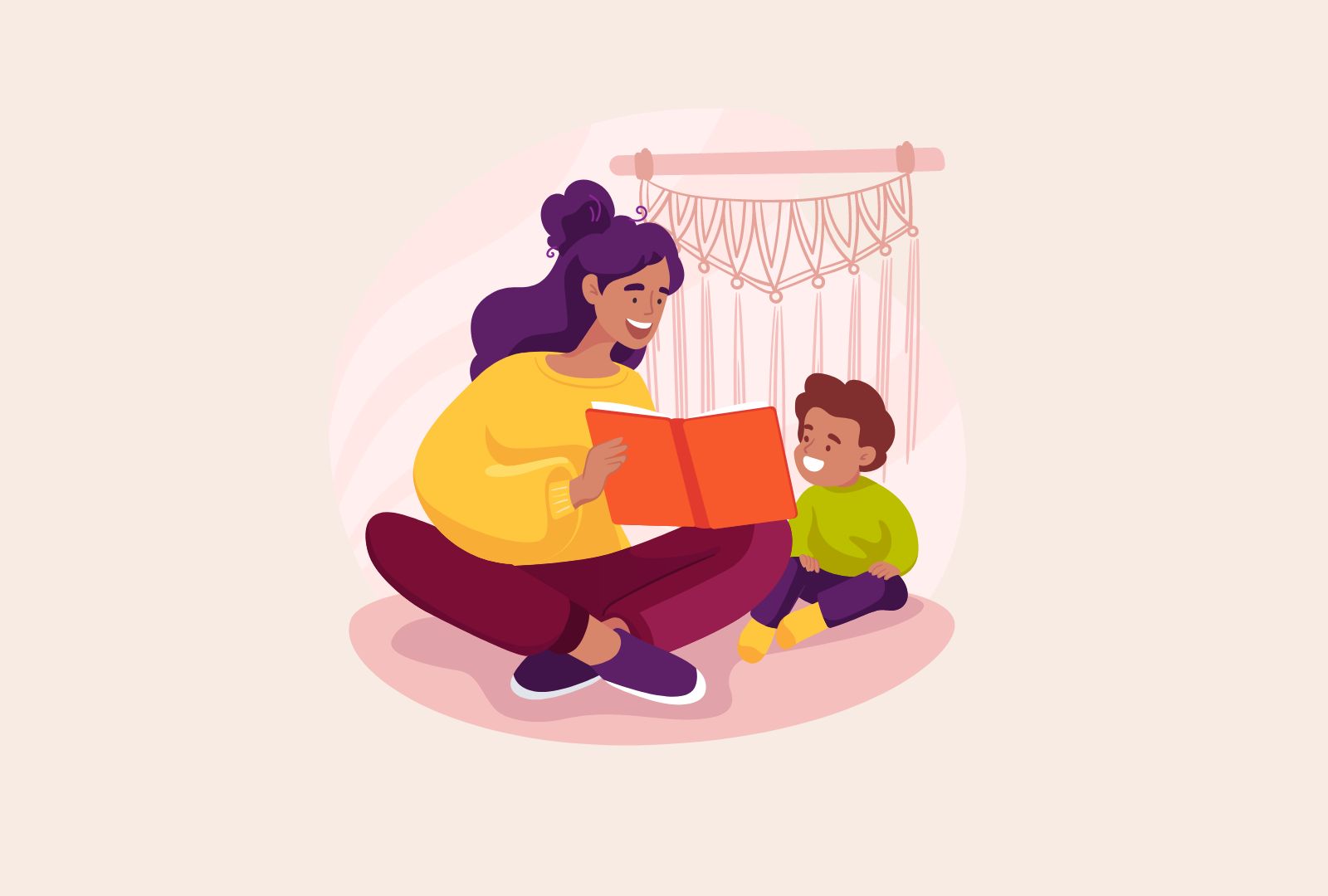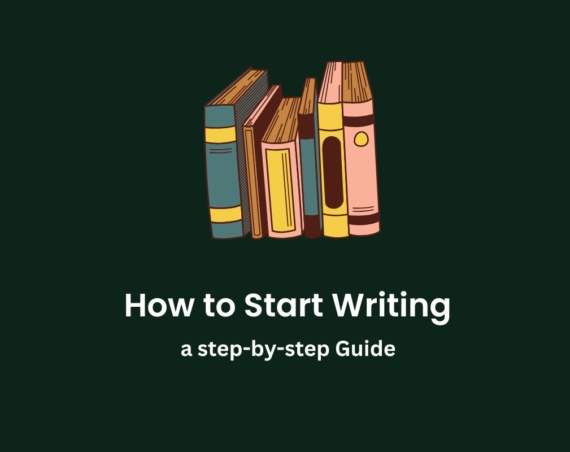Writing a story for children can be a fun and rewarding experience. Children love stories that spark their imagination, make them laugh, and teach them something new. But how do you write a story that appeals to young readers? Here are some tips and tricks to help you get started.
Step 1: Choose a Genre and an Audience
The first step is to decide what kind of story you want to write and who you are writing for. There are many genres of children’s stories, such as fantasy, adventure, mystery, humor, fairy tale, science fiction, and more. You can also mix and match genres to create your own unique style.
The genre you choose will influence the tone, setting, characters, and plot of your story. For example, if you are writing a fantasy story, you might have magical creatures, spells, and quests. If you are writing a humor story, you might have jokes, puns, and funny situations.
You also need to consider the age group of your audience. Children’s stories are often written with a specific age range in mind, such as 2-4, 4-7, or 8-10. The language, style, and length of your story will vary depending on the age group you are writing for. For example, if you are writing for a 2-4 age range, you should use simple words and short sentences. If you are writing for an 8-10 age range, you can use more complex words and longer sentences.
Step 2: Brainstorm Ideas and Develop Your Plot
The next step is to brainstorm ideas for your story. You can use your own imagination, memories, experiences, or interests as inspiration. You can also look for ideas in books, movies, TV shows, magazines, newspapers, or online sources.
One way to brainstorm is to use an ideas book or a notebook where you write down or draw anything that interests you. You can also use photos or images as prompts to spark your creativity. For example, you might see a picture of a dragon and wonder what it would be like to have one as a pet.
Once you have some ideas, you need to develop your plot. A plot is the sequence of events that make up your story. A good plot has a beginning, a middle, and an end. It also has a conflict or a problem that the main character has to face and resolve.
A helpful way to plan your plot is to use a story arc or a diagram that shows the main stages of your story. A basic story arc has five parts:
- Exposition: This is where you introduce your main character, the setting (where and when the story takes place), and the conflict (what the main problem or challenge is).
- Rising action: This is where you build up the tension and excitement by adding more events and complications that make the conflict harder to solve.
- Climax: This is where you reach the most exciting or dramatic part of your story where the main character faces the conflict head-on and tries to overcome it.
- Falling action: This is where you show the consequences or results of the climax and how the main character deals with them.
- Resolution: This is where you wrap up your story by showing how the main character solves the conflict or learns from it.
Step 3: Create Your Characters and Setting
The next step is to create your characters and setting. Characters are the people or animals who take part in your story. Setting is the place and time where your story happens.
Your main character is the most important person in your story. They are the one who drives the action and faces the conflict. You need to make your main character interesting and relatable by giving them a name, a personality, an appearance, a goal, and a flaw.
A personality is what makes your character unique. It includes their likes, dislikes, hobbies, habits, strengths, and weaknesses.
An appearance is what your character looks like. It includes their hair color, eye color, skin tone, height, weight, clothing, and accessories.
A goal is what your character wants to achieve or accomplish in your story.
A flaw is what makes your character imperfect or human. It is something that holds them back or causes them trouble in your story.
You can also create other characters who help or hinder your main character along their journey. These can be friends, family, enemies, or allies. You need to give them names, personalities, appearances, goals, and flaws too.
Your setting is another important element of your story. It creates the mood, atmosphere, and background of your story. You need to describe your setting in detail by using sensory words that appeal to the five senses: sight, sound, smell, taste, and touch.
You can also use your setting to create contrast, conflict, or symbolism in your story. For example, you might have a dark and scary setting to create a sense of fear or danger. Or you might have a bright and cheerful setting to create a sense of joy or hope.
Step 4: Write Your First Draft
The next step is to write your first draft. This is where you put your ideas into words and sentences. You don’t have to worry about spelling, grammar, or punctuation at this stage. You just need to focus on getting your story down on paper or on the screen.
You can use the story arc as a guide to structure your story. You can also use dialogue, action, and description to make your story come alive.
Dialogue is the conversation between your characters. It shows their personality, emotions, and relationships. You need to use quotation marks, punctuation, and tags to indicate who is speaking and how they are speaking.
Action is what your characters do or what happens in your story. It shows the movement, events, and changes in your story. You need to use verbs, adverbs, and transitions to indicate the action and the sequence of events.
Description is what you use to describe your characters, setting, and mood. It shows the details, images, and feelings in your story. You need to use nouns, adjectives, and sensory words to create vivid pictures in the reader’s mind.
Step 5: Revise and Edit Your Story
The final step is to revise and edit your story. This is where you check your story for errors, mistakes, or weaknesses. You also look for ways to improve your story by adding, deleting, changing, or rearranging words, sentences, or paragraphs.
You can revise and edit your story by yourself or with the help of others. You can use tools such as dictionaries, thesauruses, spell checkers, or grammar checkers to correct your spelling, grammar, or punctuation. You can also use feedback from friends, family, teachers, or editors to get suggestions on how to make your story better.
When you revise and edit your story, you should look for the following:
- Clarity: Is your story clear and easy to understand? Do you explain everything that needs to be explained? Do you avoid confusing words or sentences?
- Consistency: Is your story consistent and logical? Do you follow the rules of your genre and setting? Do you avoid contradictions or plot holes?
- Coherence: Is your story coherent and well-organized? Do you have a clear beginning, middle, and end? Do you have smooth transitions between scenes and paragraphs?
- Creativity: Is your story creative and original? Do you have a unique plot, character, or setting? Do you avoid clichés or stereotypes?
- Characterization: Is your character well-developed and believable? Do you show their personality, appearance, goal, and flaw? Do you make them grow or change throughout the story?
- Conflict: Is your conflict interesting and engaging? Do you make it challenging and relevant for your character? Do you resolve it in a satisfying way?
- Dialogue: Is your dialogue realistic and natural? Do you use quotation marks, punctuation, and tags correctly? Do you make each character speak differently?
- Action: Is your action exciting and dynamic? Do you use verbs, adverbs, and transitions effectively? Do you vary the pace and intensity of your action?
- Description: Is your description vivid and sensory? Do you use nouns, adjectives, and sensory words appropriately? Do you show rather than tell?
Once you are happy with your revised and edited story, you can give it a title that captures the main idea or theme of your story. You can also add illustrations or images that complement your story.
Congratulations! You have just written a story for children!
I hope this blog post was helpful for you. If you want more tips on how to write a story for children, you can check out these sources:



